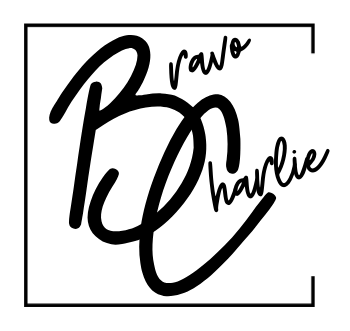Introduction to Short Form Storytelling
In today’s fast-paced world, capturing attention quickly is essential. Short form storytelling is a powerful way to engage your audience and convey your brand message effectively. It’s not just about telling a story; it’s about connecting with people on an emotional level.
Why Short Form Storytelling Matters
- Grab Attention Fast: In a sea of content, you only have a few seconds to hook your audience.
- Build a Connection: Stories resonate with people. When your audience can relate, they are more likely to remember you.
- Boost Engagement: Great stories encourage shares and comments, increasing your visibility on social media.
- Simplify Your Message: Short stories help you communicate complex ideas in a way that’s easy to understand.
Understanding Your Audience
Before you start telling stories, you need to know who you are talking to. Here are some steps to understand your audience better:
- Research Demographics: Who are they? What are their ages, interests, and needs?
- Engagement Habits: Where do they hang out online? This will help you choose the right platforms to share your stories.
- Pain Points and Emotions: What worries or excites them? Identifying these can make your stories more relatable.
Crafting Your Short Story
Creating a compelling short story involves several key elements:
- Characters: Who is in your story? Make sure your characters reflect your target audience.
- Setting: Where does your story take place? A relatable setting can enhance connection.
- Conflict: What issue does your character face? Conflict drives stories and keeps your audience engaged.
- Resolution: How is the conflict resolved? This should reinforce your brand message.
Types of Short Stories
Different types of short stories can be effective in conveying your brand’s message. Here are a few examples:
- Digital Ads: Create engaging short stories that can run as video or image ads.
- Social Media Posts: Share quick anecdotes or testimonials that highlight your brand.
- Blog Posts: Write concise blog entries that tell a story and keep readers interested.
Power Words to Use
Using the right words can make your story pop. Here are some powerful words to consider:
- Imagine: Invites readers to visualize your message.
- Craft: Implies skill and intentionality.
- Uncover: Adds intrigue and curiosity.
- Transform: Promises change and growth.
Showcasing Your Brand Values
Your short stories should reflect the values of your brand. Here’s how to do it:
- Consistency: Maintain a consistent tone and style that aligns with your brand personality.
- Authenticity: Be genuine in your storytelling. Authentic stories resonate more deeply.
- Relatable: Make sure the story is something your audience can relate to personally.
Tips for Effective Short Form Storytelling
Here are some practical tips to enhance your storytelling:
- Keep It Simple: Use clear language that everyone can understand.
- Be Visual: Use images, graphics, or videos to complement your words.
- Invite Interaction: Encourage your audience to share their own stories or emotions related to your narrative.
- End with a Call to Action: After sharing your story, guide your audience on what to do next.
Examples of Successful Short Form Storytelling
Here are real-world examples of brands that have excelled in short form storytelling:
- Nike: Nike uses powerful visuals and strong narratives to inspire. Their ads often focus on personal triumphs and challenges.
- Coca-Cola: Coca-Cola’s "Share a Coke" campaign invites people to share their stories, making their product a part of personal connections.
Measurement and Adaptation
Once you’ve started telling your stories, it’s critical to measure their effectiveness:
- Monitor Engagement: Look at likes, shares, comments, and views to see what works.
- Gather Feedback: Ask your audience for their thoughts on your stories.
- Adjust Accordingly: Be ready to tweak your stories based on feedback and analytics.
Conclusion
Short form storytelling is a tremendous way to transform your brand and connect with your audience. By understanding your audience, crafting compelling stories, and using the right words, you can elevate your brand message and inspire action. Embrace the art of storytelling and watch your brand flourish.
Remember, every brand has a story to tell. Make yours unforgettable.
By diving into this engaging technique, your brand can capture the hearts and minds of your audience. Embrace the challenge of storytelling and turn your brand into a memorable narrative.

